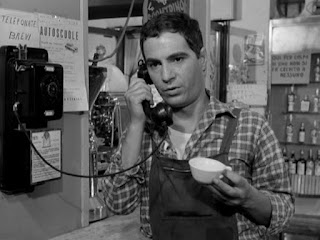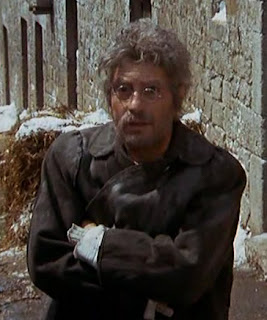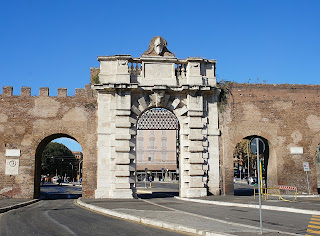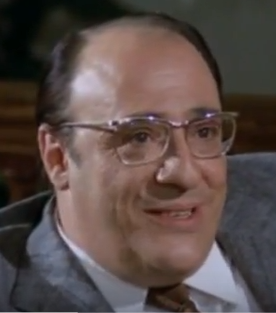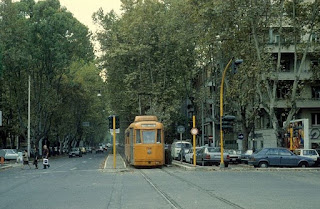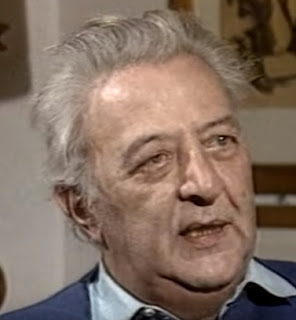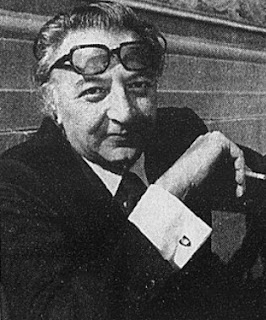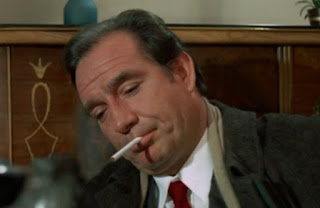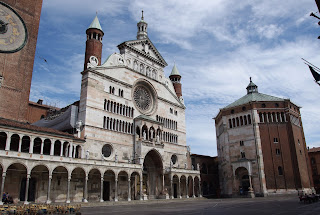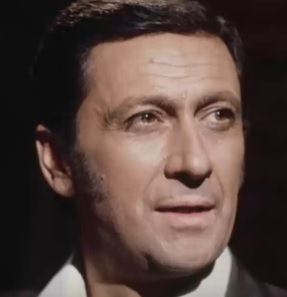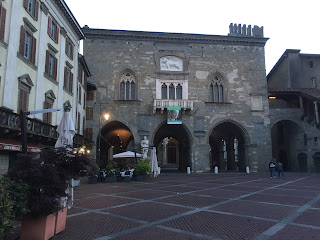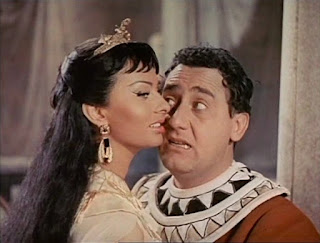Star who married the producer Dino De Laurentiis
 |
| Silvana Mangano worked as a model before breaking into the film industry |
She found fame through Giuseppe De Santis’s neorealist film Bitter Rice, in which she played a female worker in the rice fields in the Po Valley who becomes involved with a petty criminal Walter, played by Vittorio Gassman.
Mangano’s character was a sensual, lustful young woman and the actress, a former beauty queen, carried it off so well she was hailed by one critic as “Ingrid Bergmann with a Latin disposition” and likened also to the American glamour queen Rita Hayworth.
She went on to work with many of Italy's leading directors, including Alberto Lattuada, Vittorio De Sica, Pier Paolo Pasolini and Luchino Visconti, but she made only 30 films, in part because she preferred to spend time with her family but also because Dino De Laurentiis, the producer of Bitter Rice who soon became her husband, controlled her career.
It is said that she was offered the important part of Maddalena in Federico Fellini’s La Dolce Vita but that De Laurentiis prevented her from taking it, the role instead going to the French actress Anouk Aimée.
The daughter of a Sicilian railway worker and his English wife, Ivy Webb, who was from Croydon, Mangano grew up in difficult circumstances in wartime Rome. After the conflict was over her family lived effectively in poverty but she was determined to make something of herself and paid for seven years of dance lessons by earning money as a model.
 |
| Mangano's character in the 1951 film Anna was a dancer who gives up nightclubs to take holy orders |
Mangano did not win but attracted attention. She had a brief affair with Marcello Mastroianni, then an upcoming actor, and had a number of small parts, in Italy and in France.
Bitter Rice provided her with her big break in 1949, although with a certain irony she was almost rejected by De Santis as too glamorous after she turned up for the audition dressed to kill and heavily made up. It was only after bumping into De Santis later on the Via Veneto, having removed her make-up, which she seldom wore off screen anyway, and with her hair wet from the rain, that she won the part.
After Bitter Rice, it took a long time for Mangano to shake off he image as sex symbol but between the 50s and the 70s she gradually acquired a reputation for delivering solid acting performance in strong character roles.
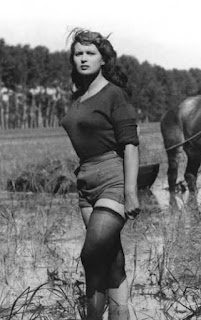 |
| Mangano's breakthrough came in the neorealist movie Bitter Rice |
Later she played opposite Vittorio Gassman again in Robert Rossen’s Mambo (1955), portrayed a bourgeois mother in Pasolini’s Theorem (1968) and was the mother of Tadzio in Visconti’s Death in Venice (1971).
She won several Italian film industry awards, including three David di Donatellos, two Silver Ribbons and one Nastro d’Argento (Gold Ribbon) for best actress in Death in Venice.
Mangano and De Laurentiis married in 1949 and the couple had four children: Veronica, Raffaella, Francesca, and Federico. Raffaella went on to to be a film producer herself. Federico died in an plane crash in 1981.
Veronica’s daughter, Giada De Laurentiis, who moved to California after her parents divorced, became the host of Everyday Italian and Giada at Home on the Food Network TV channel, as well as the founder of GDL Foods and the owner of two restaurants in Las Vegas,
Mangano and Dino De Laurantiis separated in 1983, at around the same time Mangano began to suffer from ill health. Afflicted by insomnia and bouts of depression, she was discovered to have a tumour close to her stomach, between her lungs.
She left Italy to live in Spain. A year after her divorce from De Laurentiis she underwent surgery in Madrid in December 1989 but was left in a coma and died two weeks later, the cause of death recorded as lung cancer,
 |
| Streets in the Vallerano neighbourhood are named after actors, actresses and writers |
Mangano has a road named after her in the Vallerano neighbourhood of suburban Rome, about 16km (10 miles) south of the centre of the city in the direction of the Pontine marshes and adjoining an area of nature reserves. The area is primarily residential, its broad streets named after performing artists Italian and foreign, including many movie stars, as well as journalists and publishers.
| The Villa Oplontis at Torre Annunziata |
Mangano’s husband, Dino De Laurentiis, was born in Torre Annunziata, a former small city now absorbed into the greater Naples metropolitan area. Close to Mount Vesuvius, it was destroyed in the eruption of 79 AD and was rebuilt over the ruins. Its name derives from a watch tower - torre - built to warn people of imminent Saracen raids and a chapel consecrated to the Annunziata (Virgin Mary). It became a centre for pasta production in the early 19th century. The Villa Poppaea, also known as Villa Oplontis, believed to be owned by Nero, was discovered about 10 metres below ground level just outside the town and is now a UNESCO World Heritage Site.
More reading:
How Dino De Laurentiis made Italian cinema famous
The genius of Federico Fellini
Luchino Visconti, the aristocrat of Italian cinema
Also on this day:
753BC: The birth of Rome
1574: The death of Cosimo I de' Medici
Home

